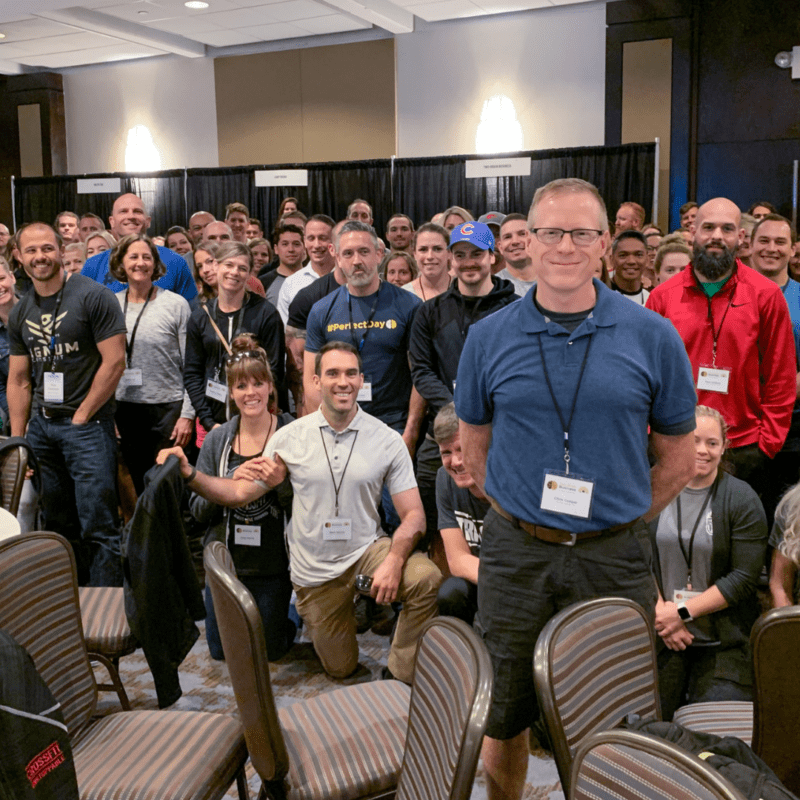By Jason Williams, Two-Brain Mentor If I could give one piece of advice to gym owners (new and old), it would be this: Stop wasting your time. When I say wasting time..it doesn’t mean spending time watching Luke Cage on Netflix, drinking at a local brewery, or playing a round of golf. Those are all valid uses of your time, in the right context. No, what I see is much worse, and much harder to fix. People wasting time doing what they consider “work”. That is, doing things they should be paying someone else to do. Things like cleaning, cooking, laundry, and shopping. At the gym, it includes things like answering the phone, fixing broken equipment, even coaching classes or programming. The more of these things you do, the less you get paid. If you are an average gym owner, earning $35k per year (before you found 2BB), your hourly wage is about $17/hour. You charge at least $50/hr for personal coaching…so why do you get paid so little? “Because”, you say “I don’t have enough clients to pay me $50/hr for 40 hours per week” Why do you suppose that is? Because you spend most of your time doing $10/hr jobs, and only a few hours per week doing $50/hr jobs. Let’s look at some of the jobs you are doing (or used to do, if you’re smart) and what they’re worth: —> Cleaning – $10/hr —> Maintenance – $15/hr —> Reception/member management – $10/hr —> Coaching classes – $15-25/hr (at most gyms) —> Social media – $10-15/hr —> Member follow up – $10-15/hr If you are doing these jobs for your gym as the owner, you can be sure you’re getting paid accordingly. Professionals get paid what they’re worth, and if they work at your gym, they might include roles such as: —> Marketing manager – $30/hr —> Coach development/head coaching – $25/hr —> General manager – $35/hr ...
Read More →
